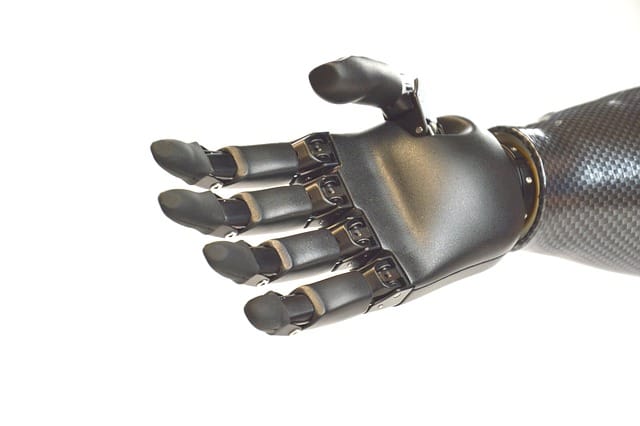6 Approaches to Fixing Prompts for Ai-Generated Hand Images

Artificial intelligence (AI) has revolutionized the field of image generation, allowing for the creation of highly realistic and accurate images. However, AI-generated hand images can still be flawed, with errors such as distorted or misshapen hands or fingers that are too long or too short.
These errors can occur due to limitations in the AI algorithm or errors in the training data. Therefore, it is essential to understand how to fix prompts for AI-generated images of hands to ensure accuracy and realism.
In this article, we will explore six different approaches to fixing prompts for AI-generated hand images, including cleaning the data, tuning the algorithm, using GANs, adding constraints, using human feedback, transfer learning, data augmentation, and ensemble learning.
By employing these approaches, we can improve the accuracy and quality of AI-generated hand images, making them invaluable in a wide range of applications.
1. Understanding the Problem
AI-generated hand images are often flawed in several ways. For example, the fingers may be too long or too short, or the hands may be distorted or misshapen. These problems can occur due to errors in the training data or limitations in the AI algorithm. To fix these issues, we need to understand the underlying causes.
2. Cleaning the Data
The first step in fixing prompts for AI-generated hand images is to clean the data. This involves removing any images that are of poor quality or do not accurately represent the desired outcome. It is essential to use high-quality training data to ensure that the AI algorithm can learn to generate accurate images.
3. Tuning the Algorithm
Once the data is clean, the next step is to tune the AI algorithm. This involves adjusting the parameters of the algorithm to produce more accurate results. For example, we may need to adjust the learning rate or change the activation function to improve the accuracy of the generated images.
4. Using GANs
Another approach to fixing prompts for AI-generated hand images is to use Generative Adversarial Networks (GANs). GANs are a type of AI algorithm that uses two neural networks to generate images. One network generates the images, while the other evaluates the images' quality. This approach can be useful in improving the accuracy of AI-generated hand images.
5. Adding Constraints
Constraints limit the AI algorithm's ability to generate unrealistic or improbable images. For example, we may add constraints to ensure that the fingers are not too long or too short or that the hand's proportions are accurate.
6. Using Human Feedback
One of the most effective ways to fix prompts for AI-generated hand images is to use human feedback. Human feedback involves showing the generated images to humans and asking them to provide feedback. This feedback can be used to improve the AI algorithm's accuracy and ensure that the generated images are of high quality.
7. Data Augmentation
Data augmentation is a technique that involves creating new training data by augmenting the existing data. For example, we can flip, rotate, or scale the existing hand images to create new variations. This approach can help the AI algorithm learn to generate more accurate and diverse hand images.
8. Ensemble Learning
Ensemble learning is a technique that involves combining multiple AI models to improve the accuracy of the generated images. In the case of AI-generated hand images, we can train multiple AI models with different architectures and then combine their outputs to generate the final image.
This approach can help improve the accuracy and robustness of the generated images, as different models may excel at different aspects of the task.
Conclusion
Fixing prompts for AI-generated hand images is a complex task that involves a range of different approaches. By cleaning the data, tuning the algorithm, using GANs, adding constraints, using human feedback, data augmentation, and ensemble learning, we can improve the accuracy and realism of AI-generated hand images.
With continued research and development, AI-generated hand images will become increasingly accurate and useful, with applications in fields such as virtual reality, gaming, and healthcare.
It is essential to continue exploring new approaches to improve the accuracy and quality of AI-generated hand images, ensuring that they can be used reliably and effectively in a wide range of settings.
Take your visual content to the next level with Kartiv's AI Image Generator. With its advanced algorithms and user-friendly interface, you can create stunning visuals that will captivate your audience like never before. So why wait? Sign up now and experience the power of AI image generation for your business today!
